If reaching the summit of Mount Kilimanjaro isn’t already at the top of your bucket list, it should be. This African gem, located in Tanzania, is the highest peak in Africa. Trekking to the top of its 19,341-foot summit will take your breath away. It is a life-changing experience.
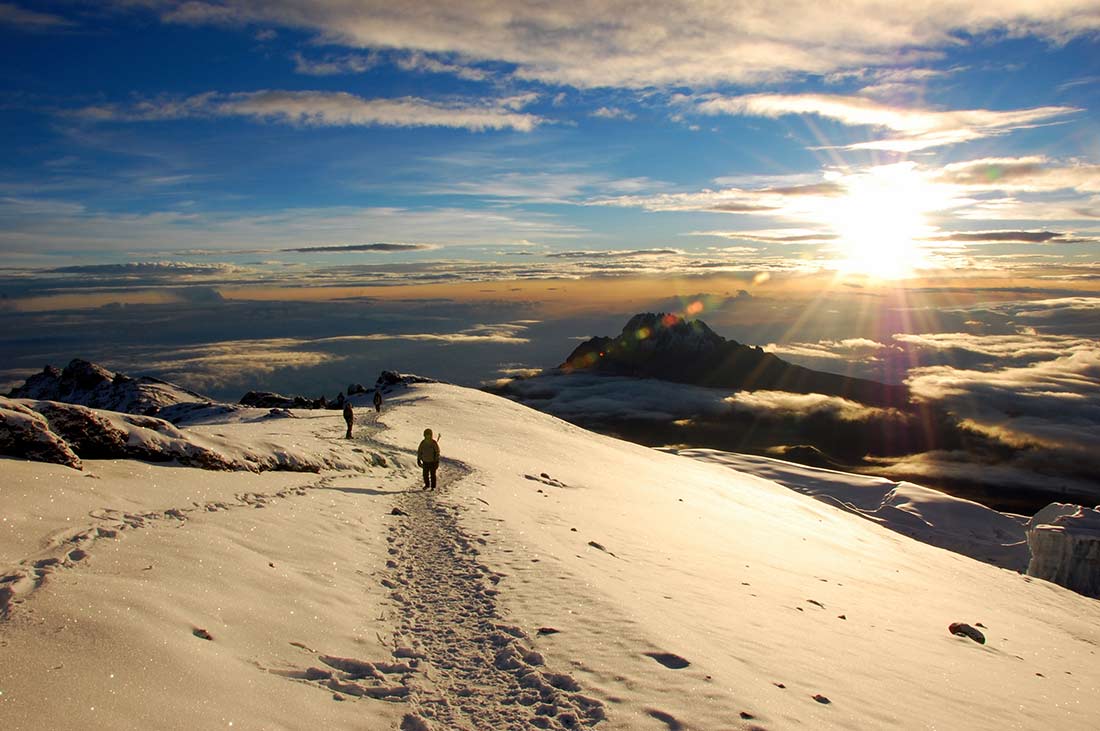
Can a beginner climb Kilimanjaro? Yes, beginners can climb Kilimanjaro. However, as a beginner, you should be fully aware of the conditions, climate, and requirements to prepare yourself for this challenge.
To prepare for everything you need to know for your trip to Kilimanjaro, we have created this detailed guide to take you through each stage of getting you up to the summit.
Keep reading to learn more about the essentials of climbing up the world’s tallest, free-standing mountain.
REQUIREMENTS FOR CLIMBING MOUNT KILIMANJARO
Although the climb up Kilimanjaro is accessible to almost anyone of varying degrees of skill, there are a few requirements you need to know before you can attempt a trek up the mountain.
The following requirements are for your safety and the safety of others.
AGE AND SKILL LEVEL
If you are new to mountain climbing or trekking Kilimanjaro, there’s no need to worry. Although trekking to the mountain’s summit is a multi-day, high-altitude hike, you don’t have to be a trained climber. Ropes aren’t required. Furthermore, the terrain and trail conditions are good enough for most committed hikers to reach the summit.
One of the few restrictions you’ll find for climbing Kilimanjaro is age. Kilimanjaro National Park rules do not allow anyone under the age of 10 to climb Kilimanjaro.
GEAR
Having quality, reliable gear for drastically changing weather will be essential on your trek. You can expect extreme heat, followed by heavy rains (depending on the time of year you travel), and night temperatures dropping below freezing—this is often experienced within a single day.
So having lightweight, weatherproof, and water-resistant gear is highly recommended for your Kilimanjaro climb.
Some examples of equipment or gear you may need to bring with you include:
- -15 to -20 Degree Sleeping Bag, We do rent them.
- Sleeping Pad, which is included in our climb price. Ours are also better than your inflatable ones, which tend to deflate and are more comfortable.
- Trekking Poles, rent ours for $15 instead of the hassling with packing yours. Ours are Black Diamond and Leki.
- Insulated Trekking Gloves, Pants, and Winter Jacket
- Hiking Boots
- 70-90 Liter Duffle
- 30-35 Liter Day Pack
Follow this link for our complete gear recommendation Kilimanjaro gear List: https://kilimanjarosunrise.com/how-to-prepare/#gear
One of the most challenging things about doing long-distance, multi-day treks is having to lug around your gear. That extra weight can begin to take a toll on hikers of all experience levels—especially when reaching high altitudes.
That is why operators will carry 90% of the equipment necessary for the trek. These will be the tents, chairs, and tables. Keep in mind that the porters can only carry 33 pounds. They check this at the trailhead and each camp.
BOOKING A KILIMANJARO GUIDE
If you want to successfully climb up one of the world’s tallest mountains—especially on your first try—it’s worth booking a reputable guiding company to help guide you along the way. Climbing to an altitude of nearly 20,000 feet is not easy but can be accomplished by most hikers with the assistance of a guide that knows the terrain and local environment.
Here is some knowledge you can expect your guides to know
Terrain: The terrain and trail conditions of multi-day treks vary—especially on Kilimanjaro. That is why having a guide who knows how to approach the ever-evolving landscape will assure you that you will be prepared for anything.
Weather: We will expand on this below, but keep in mind that the weather on Kilimanjaro will vary. Having the insight and experience to approach the contrasting conditions en route to the summit is essential.
Health Checks: You can count on our professional guides to give you daily health checks throughout the expedition. This is to monitor health risks such as altitude sickness, fatigue, and other illnesses.
Finding a reliable operator can be a challenge. Many tour operators have a poor summit success rate of about 50%. This is due to a lack of responsibility and care provided by budget operators. Their main goal is to make a quick profit instead of guaranteeing customer satisfaction.
Make sure you do your research and book with a trusted and professional tour operator with a high summit success rate. When you book with a reliable tour operator, you can count on their guidance on your trek every step of the way. They will provide you with all the support you need to make it to the summit.
HOW DO YOU FIND A GOOD OPERATOR?
Look for an operator that has their guides get Wilderness First Responder (WRF) certified. Also, make sure they are members of the Kilimanjaro Porters Assistance Project (KPAP).
TRAVELING TO TANZANIA
The first step to getting you to Kilimanjaro is to fly into Tanzania, Africa. While there are several different airports in the country, you should fly to Kilimanjaro International Airport (JRO). The airport was established for easy access to the mountain.
You may also find that many tour operators will offer transportation to and from the airport for a price.
BEST TIME TO CLIMB KILIMANJARO
One of the great things about climbing Kilimanjaro is that it is open all year round. However, you should bear in mind that certain times of the year are much more suitable for climbing than others, which will result in a safer and more comfortable experience. When are the best times to climb? Read below.
Here’s what you can expect your climbing experience to be like during different times of the year:
JANUARY – EARLY MARCH
If you want to stay dry as you make your way to Kilimanjaro’s summit, booking a climb during this time of year is ideal. Not only is the weather agreeable, but you’ll find that there’s less trail traffic as well.
JUNE – SEPTEMBER
You can expect to find some of the most stable weather conditions during this time of year, which is a major reason it tends to be the most popular time to climb.
If you don’t mind more people on your way up to the summit, this is still a fantastic time of year for trekking up Kilimanjaro. We recommend booking your tour closer to June, as the likelihood of rain increases the closer you book toward the end of October.
OFF-SEASON
The gaps between the seasons mentioned above are considered the “off-season months” of climbing Kilimanjaro (April-May and October-November). However, the trails are still technically open for use should you decide to make the journey to the mountain’s summit during these times of the year.
However, here are some things you should keep in mind when climbing Kilimanjaro during the off-season:
Weather: The chance of rain is much higher on your trek to the summit. So be prepared to be wet and pack accordingly.
Trail Conditions: The heavy—and often lengthy—rains during the off-season damage the trails, creating mud that amounts to a more strenuous trek.
Visibility: For many people, a trip to Kilimanjaro is about seeing the magic of its natural beauty and scoring some awesome social media photos. If you climb the mountain during this time of year, the weather conditions can hinder the views.
Although you can expect a few more obstacles in an off-season climb, many climbers don’t mind the trails’ extra ruggedness. However, if you’re a beginner, we highly recommend sticking to the months of January-March or June-September seasons.
Note: Regardless of the time of year, you should be prepared for extreme weather changes each day. Daily conditions often transition from intense heat to below-freezing cold.
KILIMANJARO ROUTES

When you choose Kilimanjaro as your next destination, you will find you have a handful of different routes to pick from to climb to the peak. All paths available will give you the incredible breathtaking views you hope to see on the mountain but can differ in terrain, difficulty level, and comfortability. You will find treks for each route can also vary in cost.
When we say the trail length is approximate or about, it is due to where you make your camp. The distance is measured from sign to sign, but you may be camped a quarter-mile from the sign depending on the camp size and the number of people.
Let’s dive into your trail options for reaching the summit:
MACHAME ROUTE
The Machame route has earned the title Whiskey Route since it is a step up in difficulty from the Coca-Cola Route and tends to be the most popular way to reach the mountain peak. This is an excellent option if you want a more rugged experience during your climb.
Traveling this route will take seven days to reach the summit. However, you’ll be surprised to find that the Machame Route is shorter in distance than the Marangu route. It is about 37 miles.
The significant factor that creates this difference is the difficulty level. To help climbers acclimate to the challenges they may face on the Machame Route, an additional day is usually added.
LEMOSHO ROUTE
The Lemosho Route offers you the opportunity to get contrasting views of other trails. In our opinion, the Lemosho route is the most beautiful way to the summit.
The Lemossdho route joins with the Machame route about halfway through the trek. It is one day longer, which makes it better for acclimatization. The overall length is roughly 46 miles.
RONGAI ROUTE
This path to Kilimanjaro offers the opportunity to get off the “beaten track” in many ways, as you will be approaching your trek from the opposite side of the mountain from all the other routes.
The Rongai Route has the appeal of being a less wandered path and has significantly fewer people, which is often a calling card to those who are coming to Kilimanjaro for a second trip. Because this trail is more remote, you are more likely to find undisturbed nature and wildlife.
However, previous climbers have claimed that its scenery does not quite live up to the expectations of other trails on this list.
The route is roughly 43 miles in length and usually takes six days to complete.
THE NORTHERN CIRCUIT
The Northern Circuit route is the only route that circles the north side of Kilimanjaro. It takes nine days and has the fewest number of people on it. It is very remote and has amazing views of Kenya below.
The route is approximately 53 miles.
MARANGU ROUTE
The Marangu Route—sometimes referred to as the Coca-Cola Route—is the oldest route on Kilimanjaro. Marangu is a six-day out and back trek that differs from every other route option since you sleep in huts versus tents. You also ascend and descend on the same trail.
The route is the easiest, so if you are not feeling confident in your trekking skills or physical abilities or are climbing the mountain for the first time, we highly encourage taking this route to ensure a safe and successful climb to the summit. We do not offer it as a group climb, but you can book a private climb on this route.
It is about 45 miles.
UMBWE ROUTE
If you feel ambitious and want a real trekking challenge, the Umbwe Route is the perfect choice for you. It is the most challenging way to the summit. Be prepared for a tough journey that requires you to be in the best shape to guarantee you can make it to the top.
Due to this route’s difficulty level, many people avoid choosing this option, meaning fewer crowds are on the trail (regardless of the season). We do not offer this route due to its lack of success, under 50%.
FINAL SAFETY TIPS FOR CLIMBING KILIMANJARO
Even if you have all the gear and meet all the requirements for your Kilimanjaro climb, you still need to know a few safety protocols to ensure you have a safe and successful journey.
That is why booking your trek with an experienced operator is the most important factor in having a safe and successful climb. They will have all the necessary equipment on hand—such as emergency oxygen, pulse oximeters, etc.—should an emergency occur. They will perform daily health checks and monitor your health as you make your way up the mountain.
However, personally looking after your safety is just as crucial. Be aware and alert throughout the trek. Here are some vital safety tips to keep in mind on your journey:
Pace Yourself: When you are hiking, especially on multi-day, high-altitude treks, you should remember that it is a marathon, not a race. Taking your time and not being in a rush can help you avoid fatigue. Remember, it is the journey, not the destination.
Take Frequent Breaks: It’s much better to stop, take a breath, and relax throughout the day to keep yourself from burning out in the long run. This becomes increasingly important as you get closer to the summit, where the air becomes thinner and the chances of altitude sickness increase.
Acclimate: If you can acclimate to higher altitudes before beginning your trek, you will feel more prepared for what’s ahead.
Hydrate: There is probably nothing more important than staying hydrated on your Kilimanjaro climb. You should frequently drink water throughout the day, even when resting in the evening.
Following these safety tips can amount to having a safe and enjoyable experience on any hike (big or small), especially when dealing with long-distance treks that reach an altitude as high as Mount Kilimanjaro.
CLOSING THOUGHTS
If you are interested in climbing Kilimanjaro, you should be happy to hear that almost anyone can do it. Preparation is key. By following the tips above, you’ll be ready to cross Kilimanjaro off your bucket list.
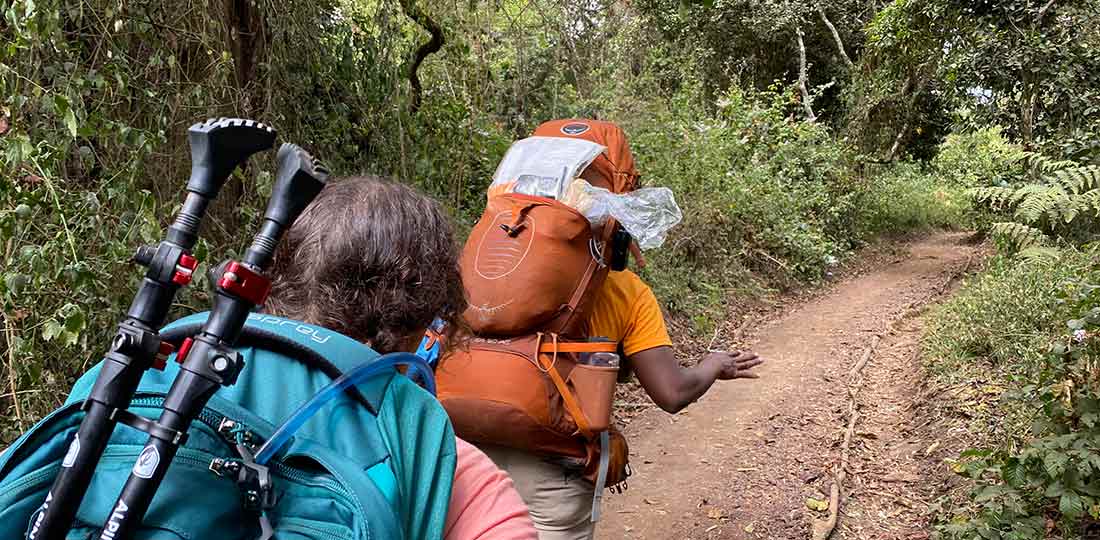





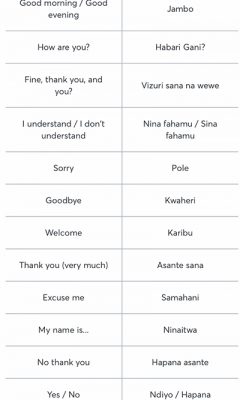


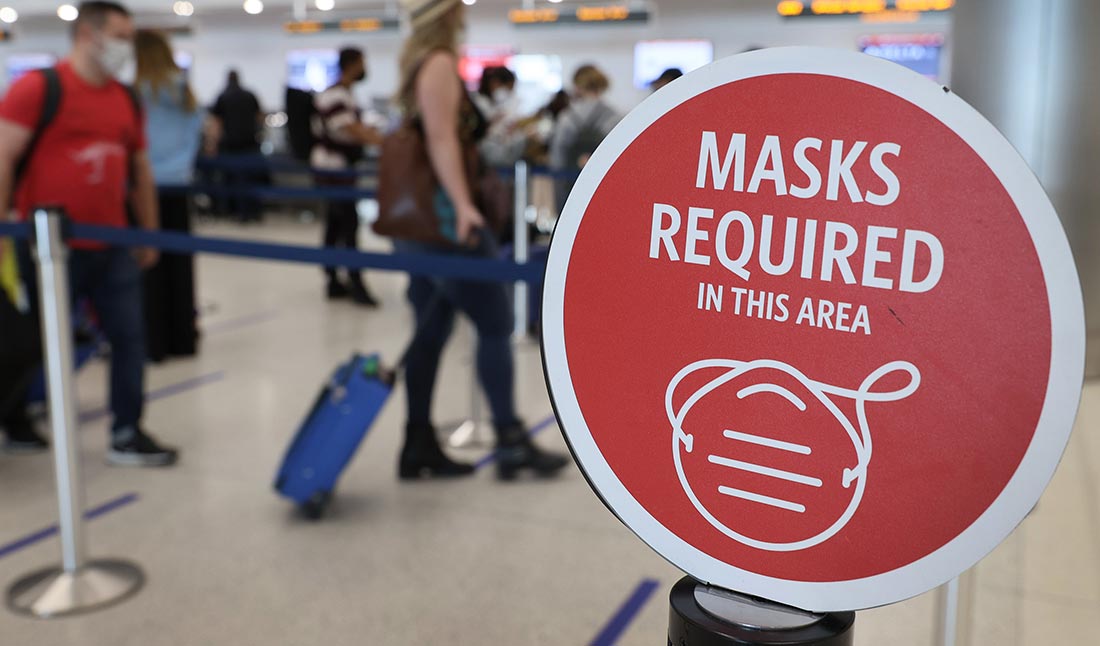

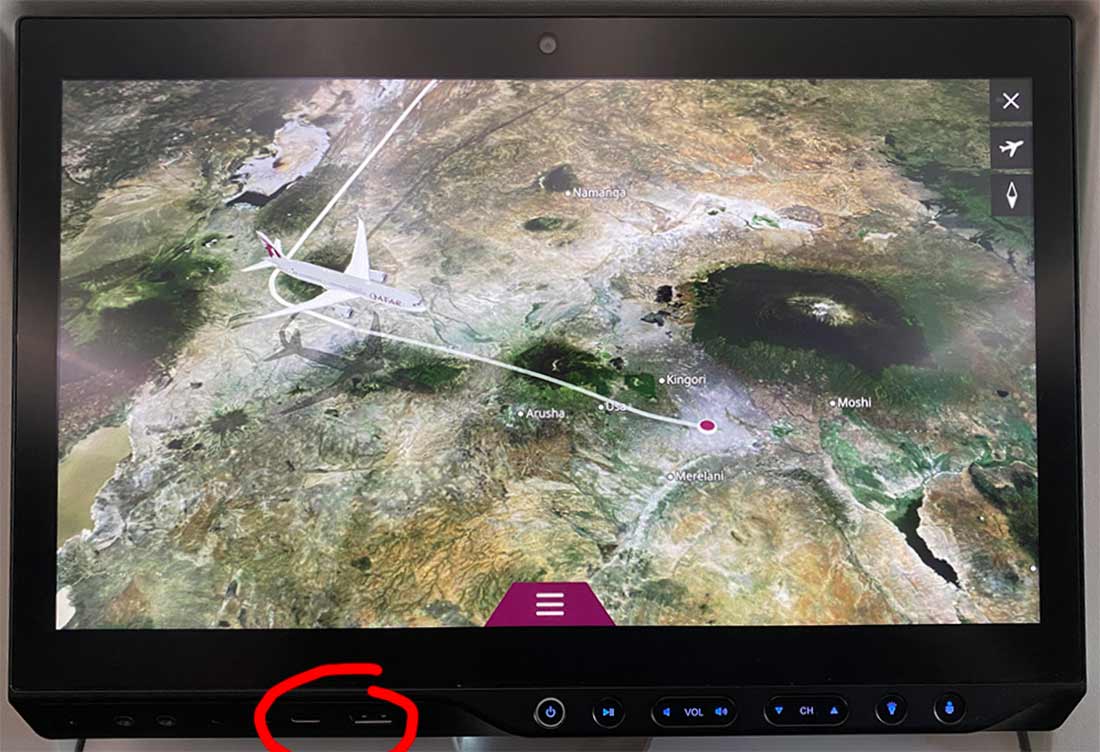
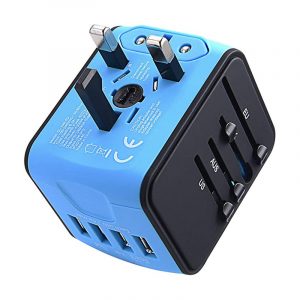
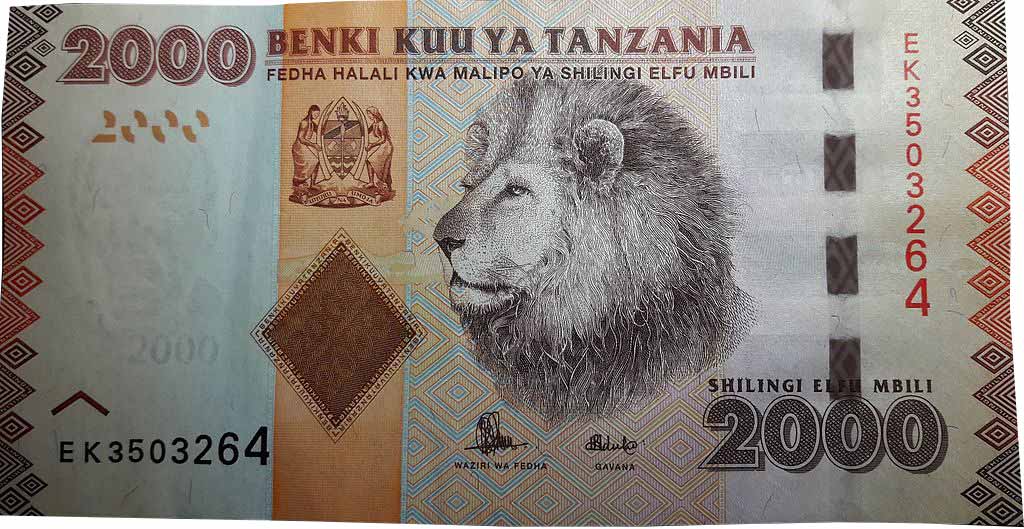

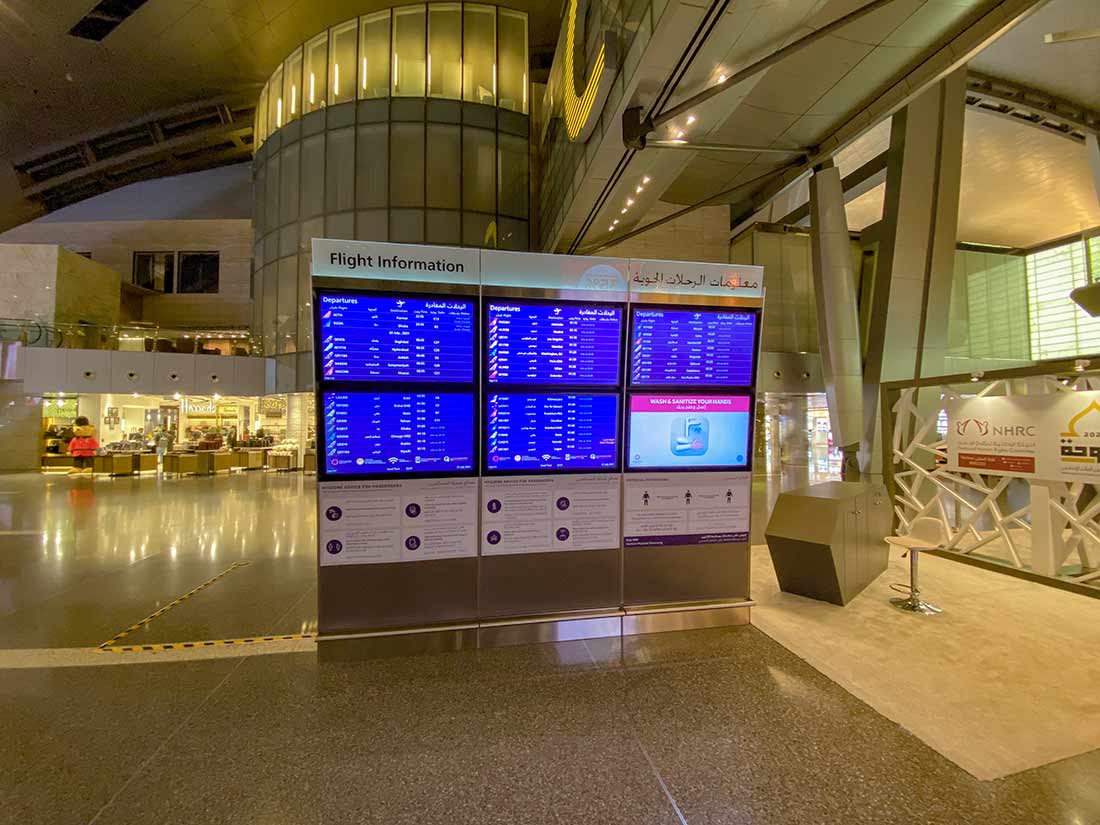


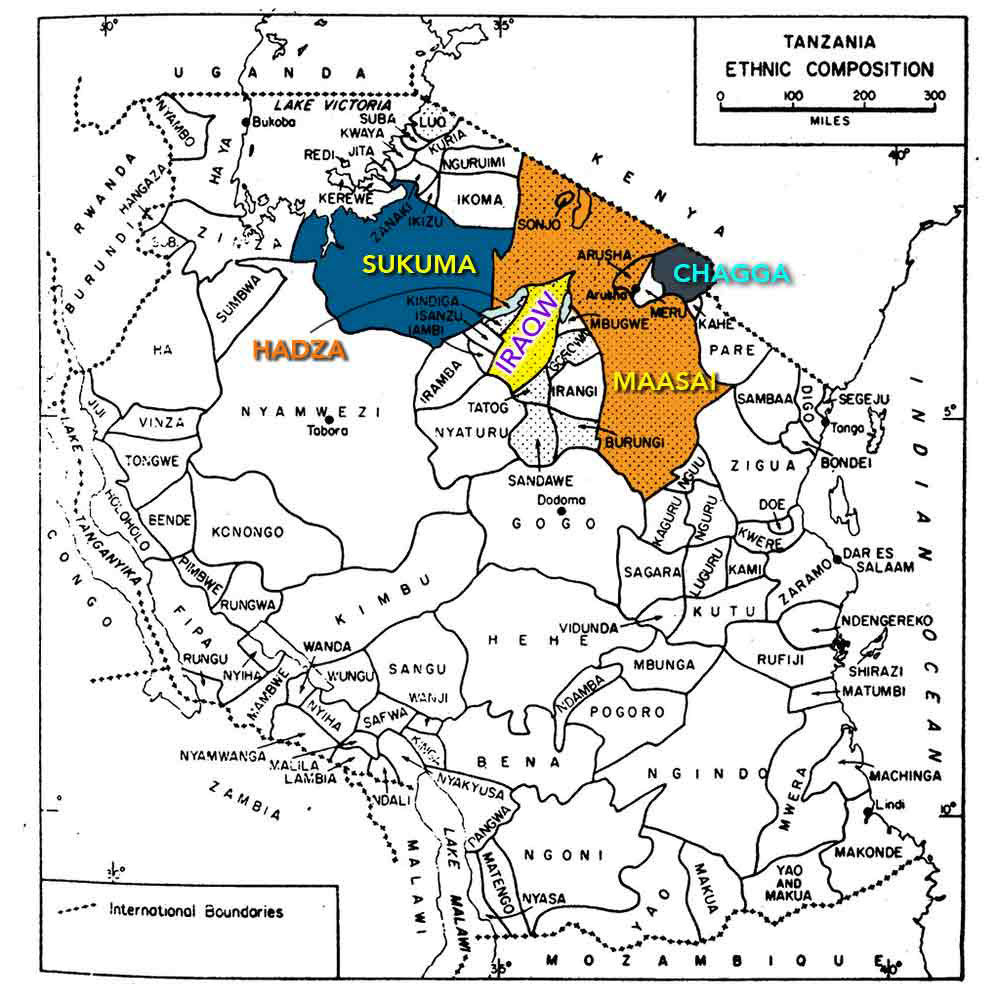
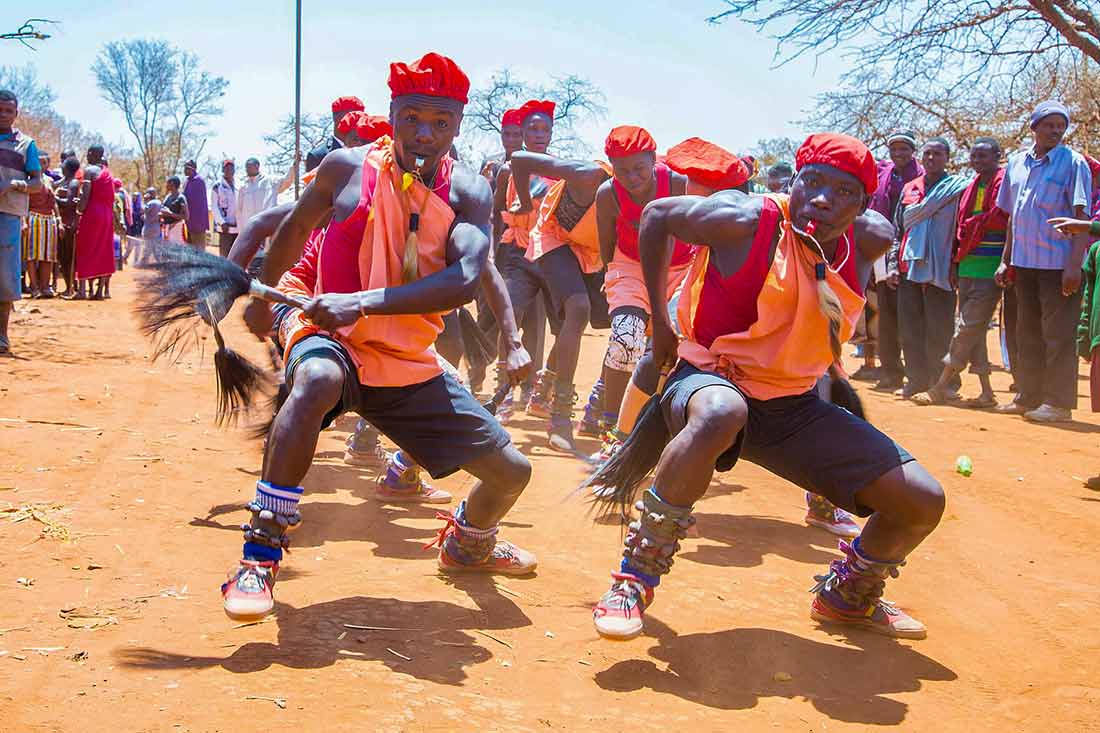

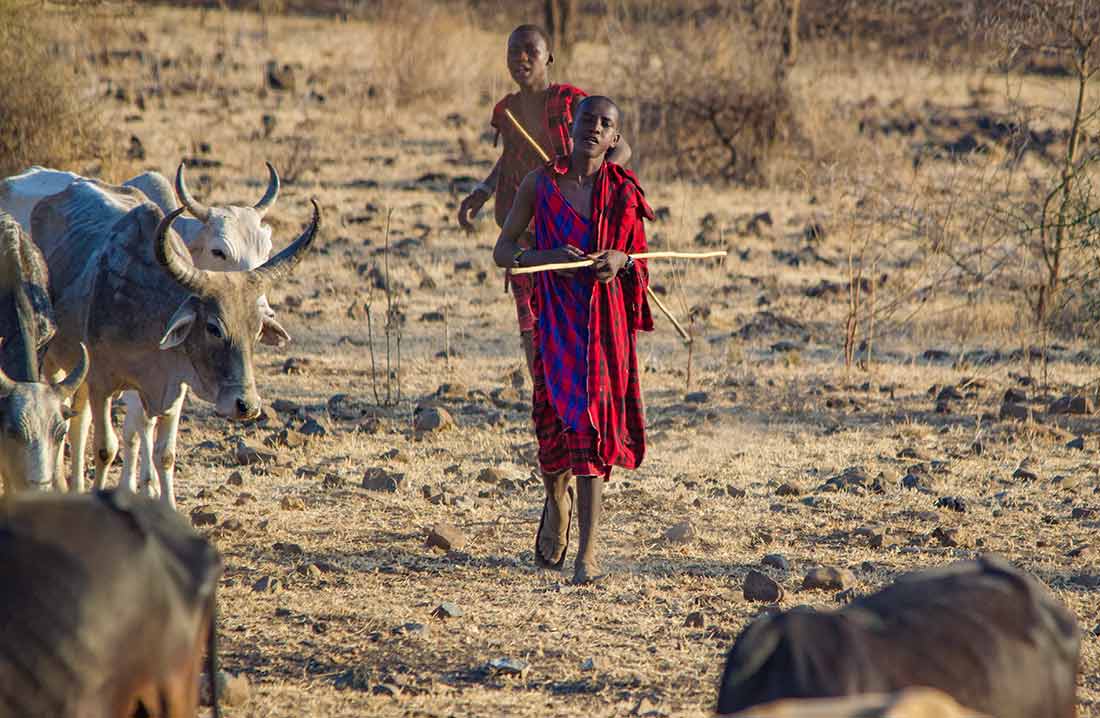
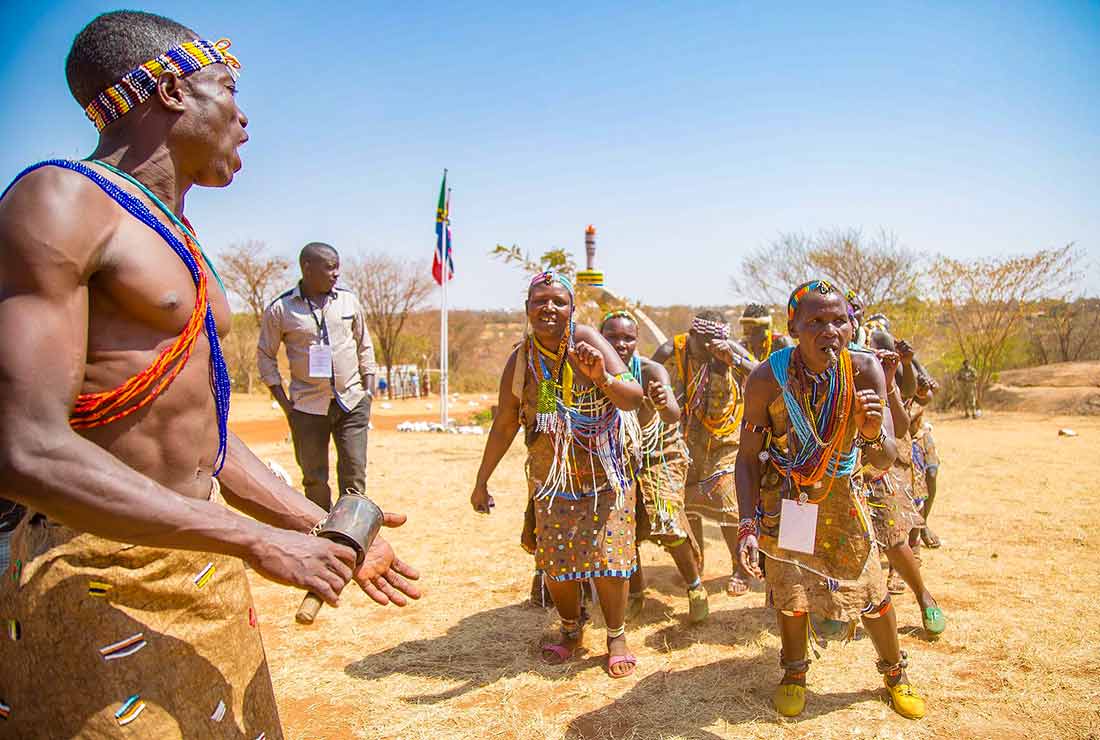

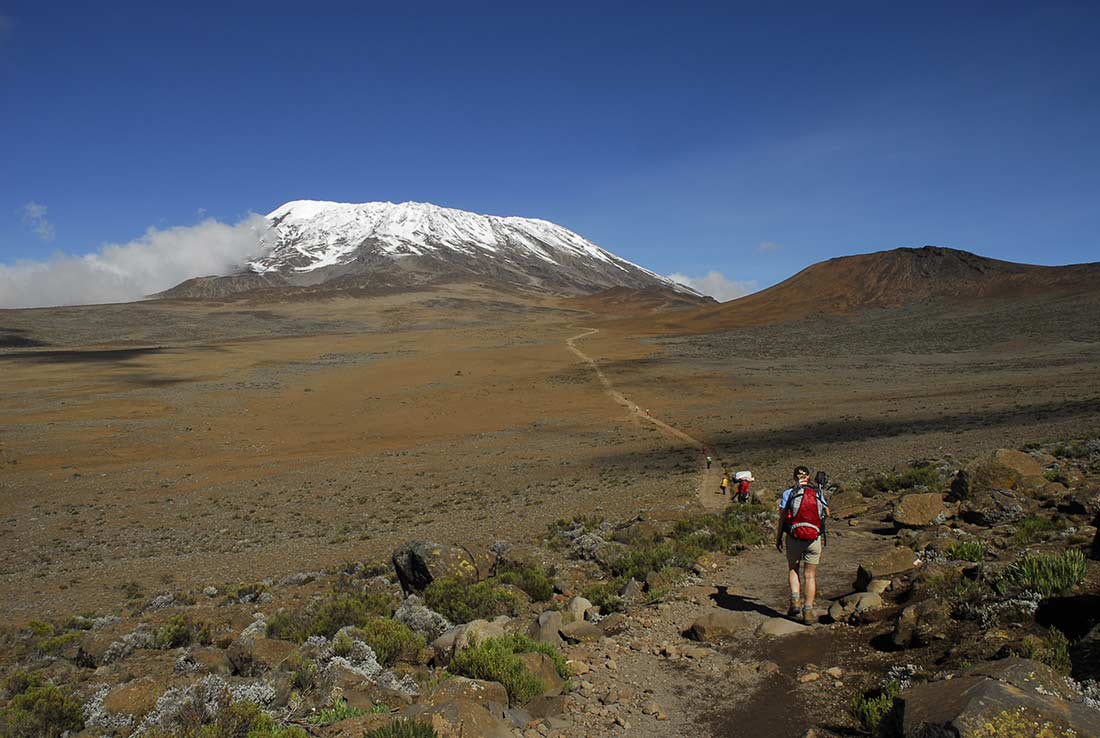 First of all, Kilimanjaro is the tallest “walkable” mountain on the planet. You can summit if you are in fairly decent shape and have hiking experience.
First of all, Kilimanjaro is the tallest “walkable” mountain on the planet. You can summit if you are in fairly decent shape and have hiking experience. 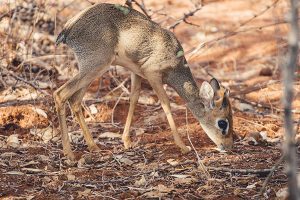

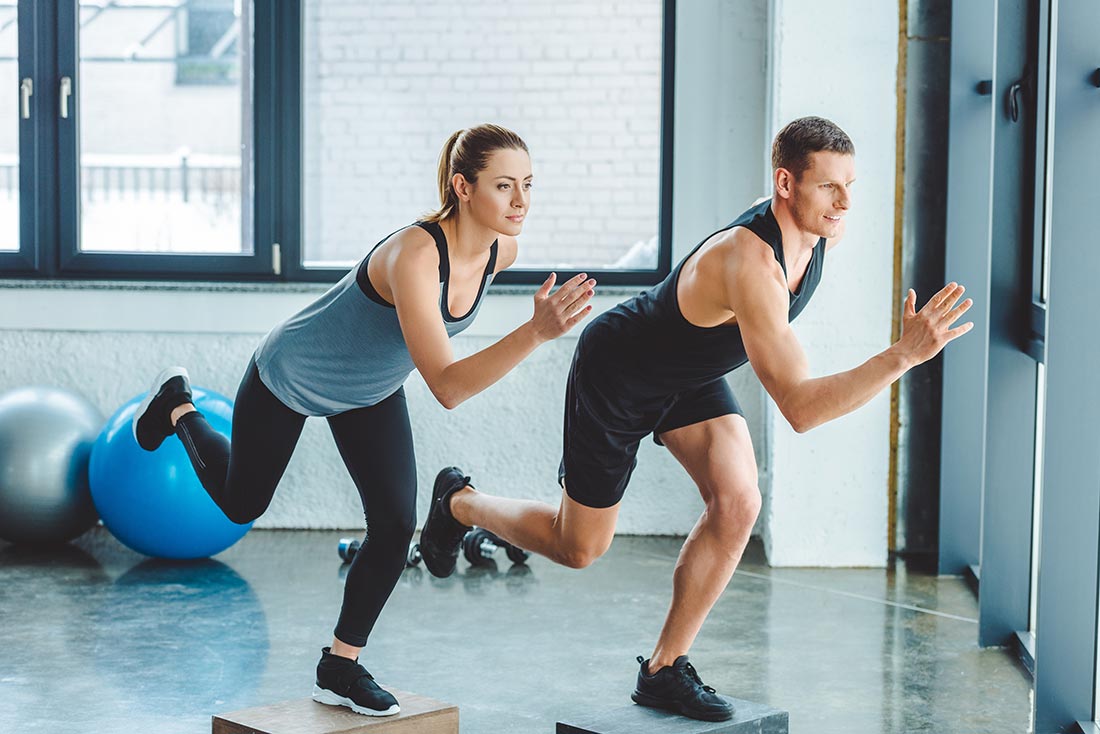 Here is what we recommend for training:
Here is what we recommend for training: 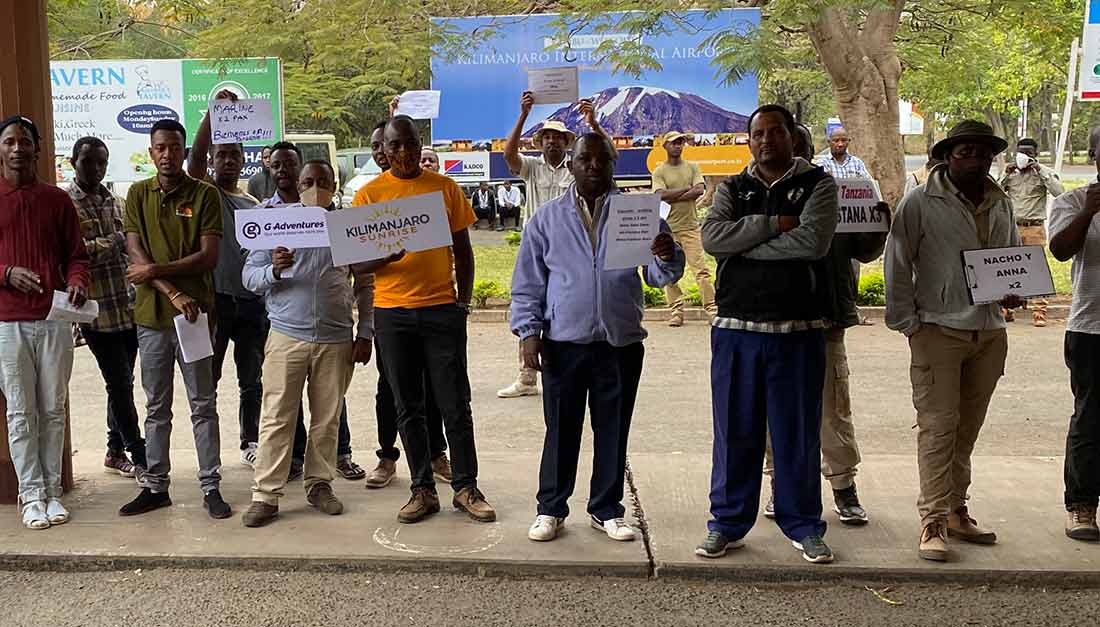 Once you finally arrive at the hotel, you’ll be met by our Guides and given a trip briefing and an initial health check. They will let you know what time to be ready the next day, then you’ll be able to head off to bed. Your long trip will have tired you out.
Once you finally arrive at the hotel, you’ll be met by our Guides and given a trip briefing and an initial health check. They will let you know what time to be ready the next day, then you’ll be able to head off to bed. Your long trip will have tired you out.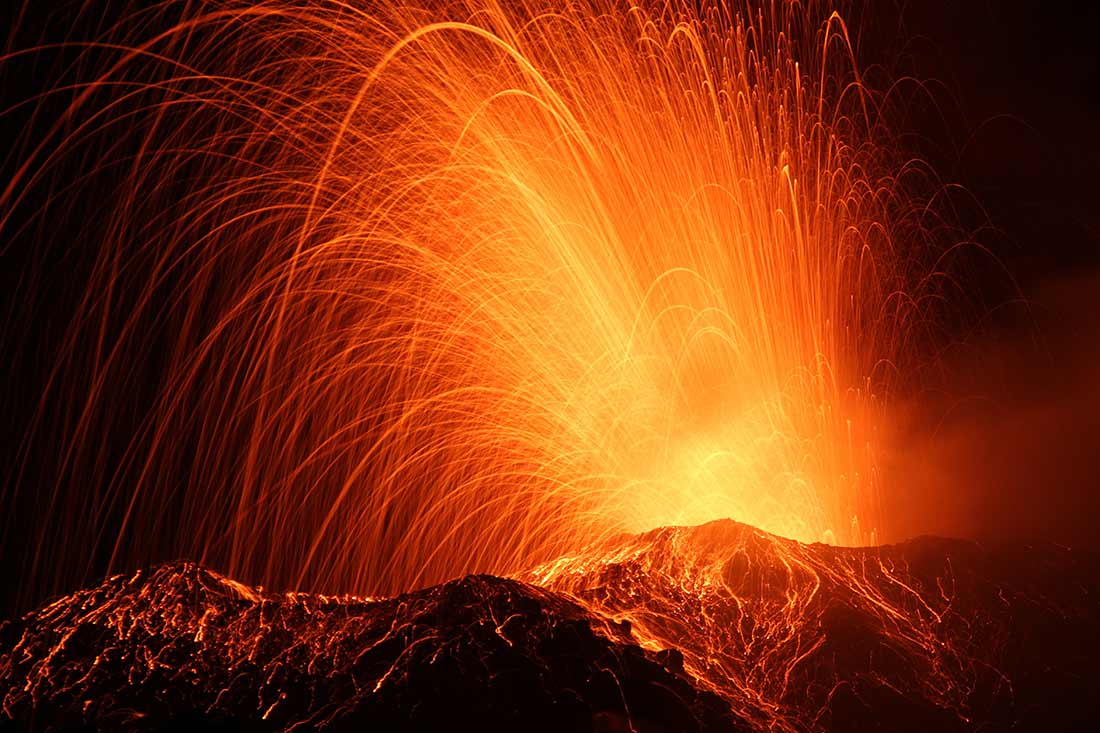
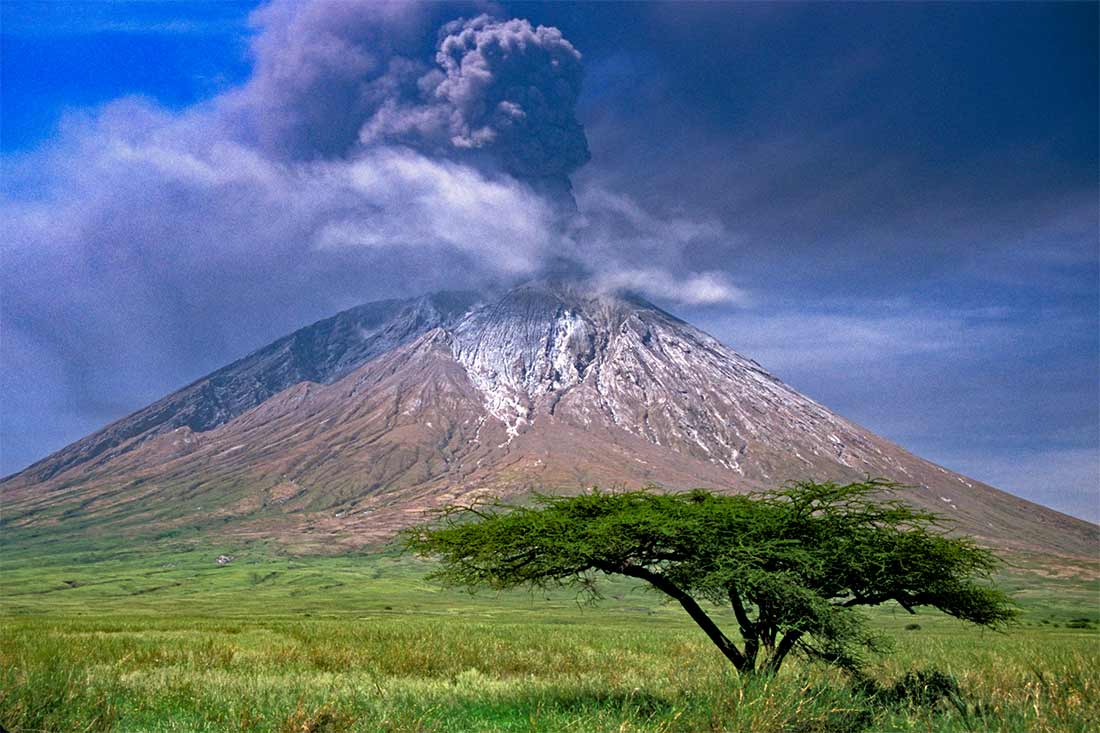
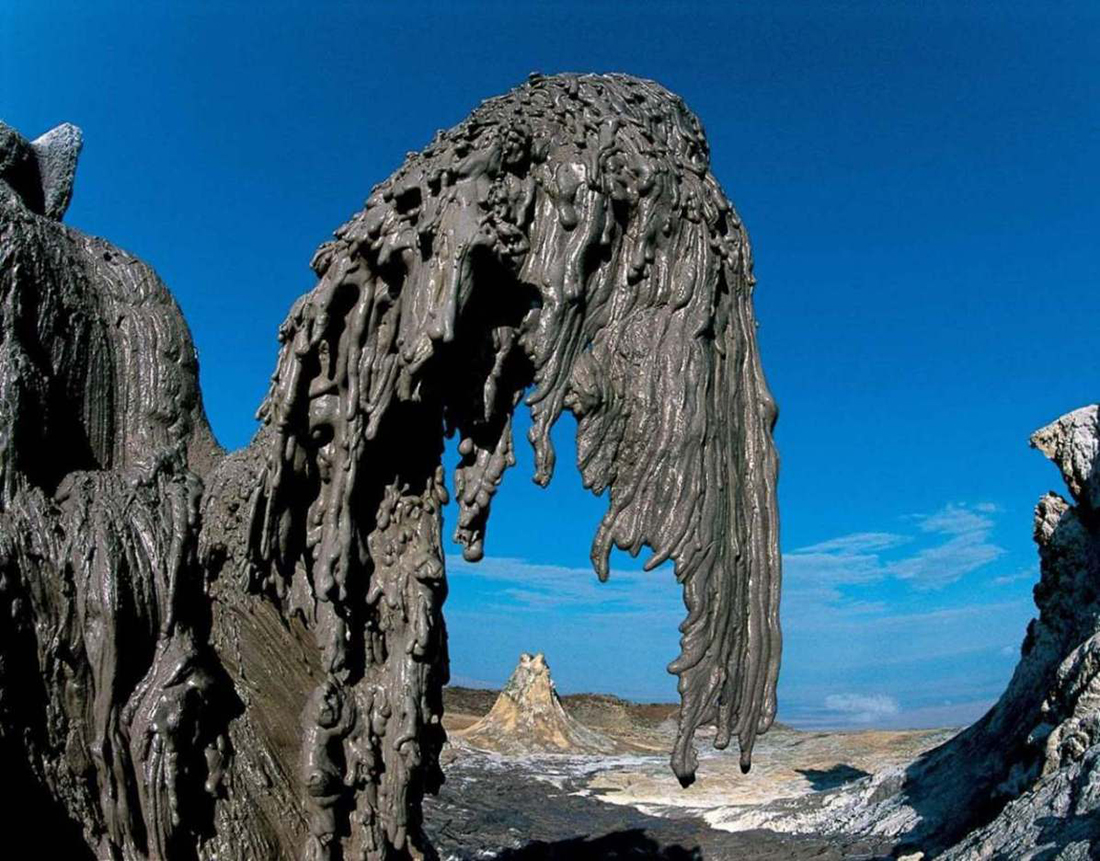

 Six hours later I landed at the small airport. We were all herded into a line to get our mandatory COVID test. After taking our temperature, the first thing they asked for was either the online results of your health questionnaire or the paper version. Of course, no one had either version since at no point were we told we needed or provided them. I filled mine out online and showed it to the attendant.
Six hours later I landed at the small airport. We were all herded into a line to get our mandatory COVID test. After taking our temperature, the first thing they asked for was either the online results of your health questionnaire or the paper version. Of course, no one had either version since at no point were we told we needed or provided them. I filled mine out online and showed it to the attendant.